
*Note: Name, Email and Phone Number are mandatory.

Africa’s textile and apparel sector is rapidly emerging as a powerhouse for inner wear and active wear manufacturing, presenting a unique opportunity for global investors and apparel brands seeking growth, innovation, and sustainability. With favorable demographics, expanding consumer markets, rich raw material availability, and improving infrastructure, Africa is well poised to become a major global manufacturing hub in this fast-growing niche.
Inner wear and active wear are among the fastest-growing apparel categories worldwide, driven by rising health awareness, fitness trends, and consumer demand for comfort and performance. Unlike conventional apparel, these categories require specialized production techniques, such as advanced fabric technology, seamless construction, and design tailored for ergonomic comfort—areas ripe for innovation and differentiation.
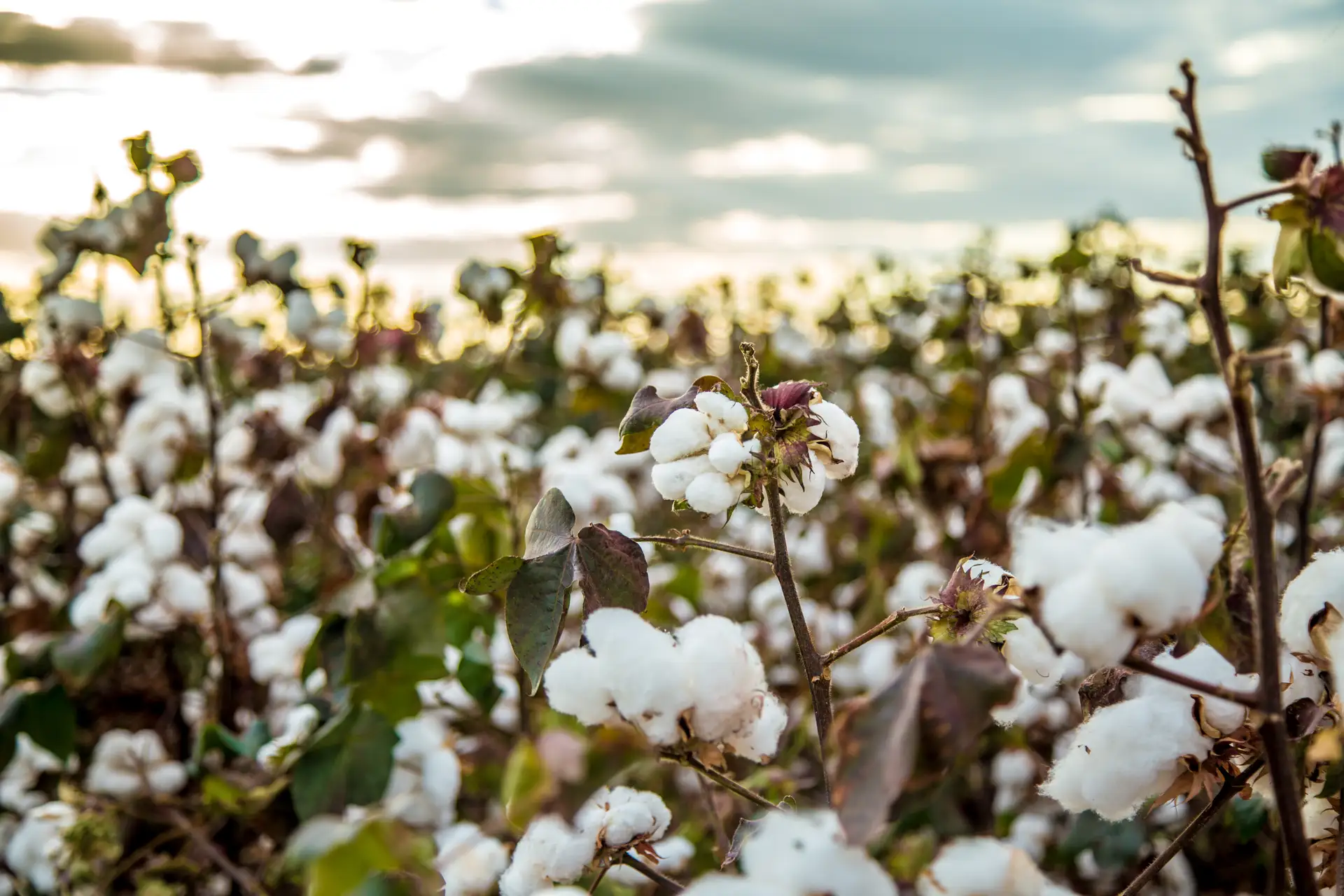
Cotton — Africa’s Golden Thread
Africa produces over 2.1 million metric tons of cotton annually, with Egypt leading in premium long-staple cotton production, followed by Mali, Benin, and Tanzania, which contribute significantly to West African output. For example, Benin produces approximately 200,000 metric tons, strengthening local supply chains and reducing raw material import dependence (Mordor Intelligence; Statista cotton production). Initiatives like Cotton made in Africa are expanding sustainable cotton farming across multiple regions, supporting ethical and eco-friendly practices (Cotton Made in Africa).
Youthful, Skilled, and Cost-Competitive Workforce
Africa’s median age is under 20 years, with a population expected to reach 2.5 billion by 2050 (McKinsey Report). Countries like Ethiopia, Kenya, and Ghana are investing heavily in textile skills development, producing a skilled labor force with labor costs estimated to be 30–50% lower than Asian counterparts (Allegis Global Solutions).This advantage offers investors both scalability and margin improvement.
East Africa: Ethiopia and Kenya
Ethiopia’s industrial parks, such as Hawassa and Bole Lemi, export over $1.3 billion annually in textiles and garments, attracting global giants like H&M and PVH (African Business). Kenya benefits from a mature textile ecosystem and strategic ports, enabling efficient manufacturing and export operations (African Business) serving as both a manufacturing base and export gateway.
West Africa: Benin and Ghana
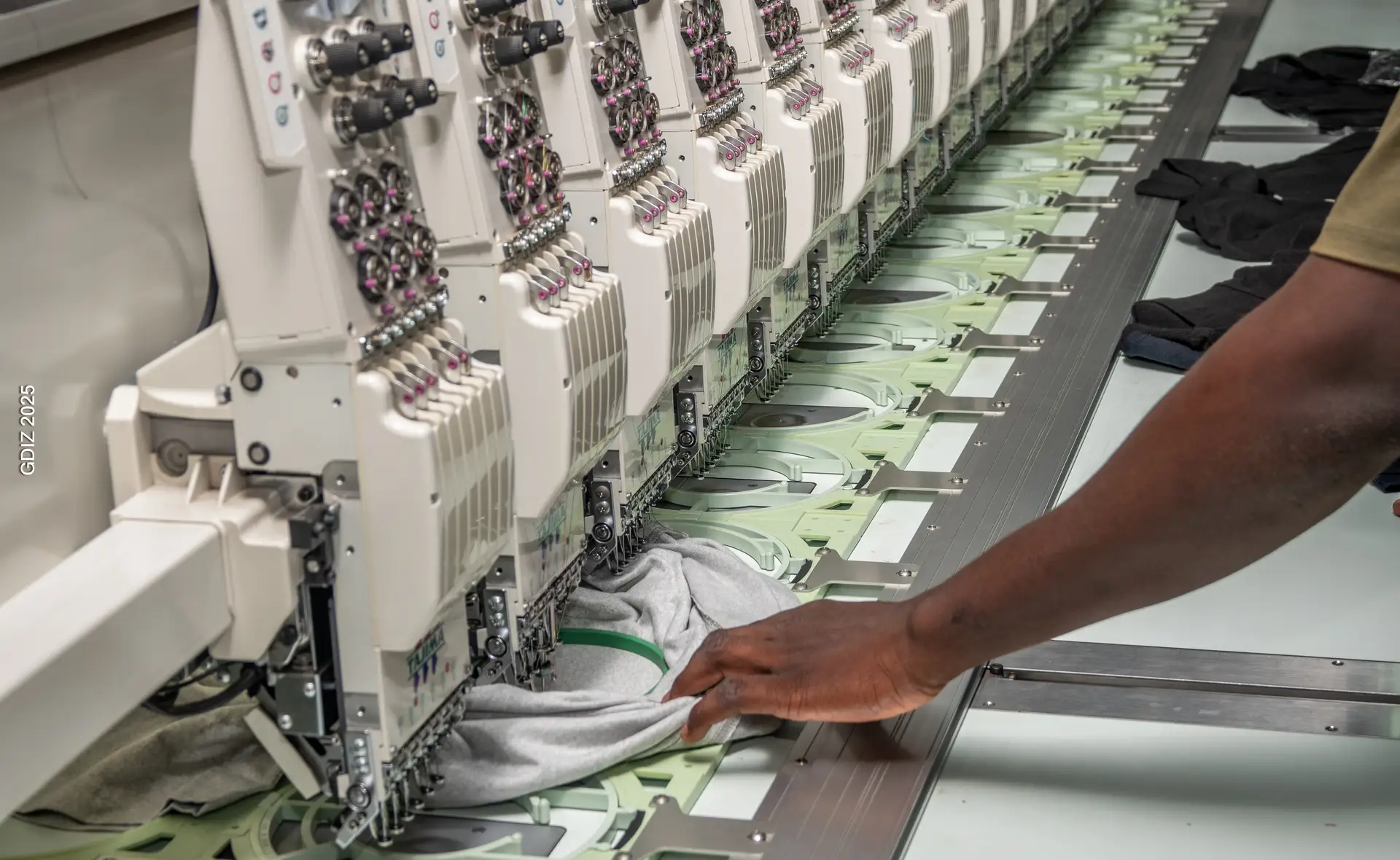
Benin’s cotton production reached nearly 200,000 metric tons, fueling a growing inner wear manufacturing sector focused on organic cotton, with Benin Textile Corporation leading as West Africa’s textile manufacturing hub. Ghana is advancing eco-friendly textile processing, setting new sustainability benchmarks (OPEC Fund), combined with investments in eco-friendly processing, is setting new standards for sustainable apparel manufacturing.
North Africa: Egypt and Morocco
Egypt’s legacy in cotton cultivation and textile expertise, coupled with government incentives and proximity to Europe, make it a natural hub for premium inner wear. Morocco’s free trade agreements with the EU and US, plus strong infrastructure, position it well for export-focused manufacturing.
Growing Consumer Markets and Trade Integration
Africa’s urban population is expected to double by 2040, fueling a rising middle class that increasingly demands high-quality, fashionable inner wear and active wear blending global trends with local tastes (African Business). The African Continental Free Trade Area (AfCFTA), launched in 2021, is a game-changer, projected to increase intra-African textile trade by 52% by 2035 by removing tariffs and simplifying cross-border logistics (African Business). This trade integration opens access to a continental market of 1.3 billion people, offering scale and diversity in demand for manufacturers.
Modern manufacturing techniques are no longer optional. Investors adopting technologies such as automated knitting, seamless garment construction, and digital printing are already setting new quality and efficiency benchmarks in Africa. Innovations like waterless dyeing and recycled fiber integration are boosting sustainability credentials, increasingly demanded by global brands.
Smart fabrics—moisture-wicking, odor-resistant, and temperature-regulating—are gaining traction among African manufacturers, offering competitive differentiation in active wear and inner wear segments that appeal to premium consumers worldwide.
Africa’s inner wear and active wear industry is evolving in step with global demands for transparency, traceability, and sustainability—and increasingly, leading the charge.
Initiatives like Cotton made in Africa (CMiA) have trained over a million smallholder farmers in eco-efficient practices, helping reduce water usage, avoid hazardous pesticides, and improve soil health (Otto Group). This has positioned CMiA cotton as a trusted raw material for international brands, blending social impact with fiber quality.
Further strengthening the movement, Better Cotton and African Export-Import Bank are scaling sustainable cotton production by investing in training, certification, and better infrastructure across the continent (Better Cotton). In West Africa, UNIDO and partners are actively mobilizing investment to build a value-added, greener cotton ecosystem (UNIDO).
Crucially, sustainability is also reshaping demand. More than 70% of consumers globally say they’re willing to pay more for responsibly made products, and global apparel brands are prioritizing suppliers with certified ethical practices (African Business). Africa’s advantage lies not just in raw materials, but in its commitment to a cleaner, fairer value chain—turning purpose into profit.
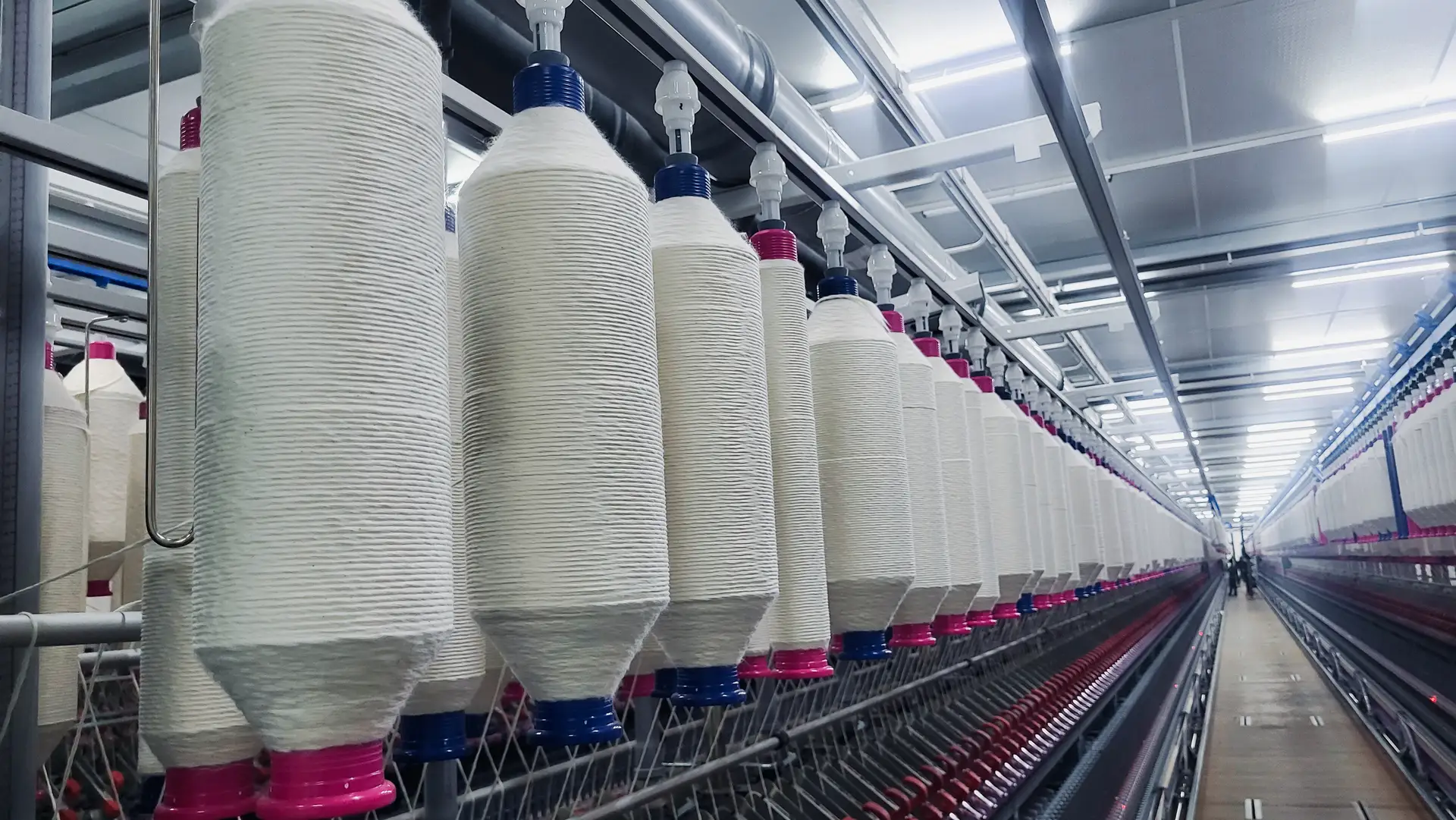
Greenfield and Brownfield Projects
Africa’s inner wear and active wear sector offers a dual advantage—greenfield potential in underdeveloped regions and brownfield opportunities in legacy hubs ready for tech-led modernization. From building smart factories to upgrading machinery for moisture-wicking or antimicrobial fabrics, there’s space to drive innovation and meet rising global demand for performance wear.
With labor costs up to 50% lower than in Asia in some regions, and expanding access to reliable energy and infrastructure, ROI can be both high and fast (Allegis Global Solutions).
Public-Private Partnerships
Strategic collaborations with governments and local players help investors de-risk while tapping into regional industrial strategies. For instance, Ethiopia’s Hawassa Industrial Park—a public-private success story—has attracted major brands like PVH by offering tax breaks, sustainable energy, and plug-and-play manufacturing infrastructure. These models are being replicated in countries like Kenya and Ghana, opening the door for policy-aligned, impact-driven growth (African Business).
Export and Regional Distribution
Africa’s logistical edge is often underestimated. With deep-water ports like Mombasa, Durban, and Tanger Medseeing major upgrades, the continent is better connected than ever to Europe, the Middle East, and Asia.
Internally, the AfCFTA removes tariff barriers and simplifies documentation across 54 countries—enabling manufacturers to operate continentally and scale efficiently into a market of 1.3 billion people (McKinsey Africa at Work).

No investment landscape is without risks. Political volatility, infrastructure gaps, and currency fluctuations remain challenges. However, many African governments are committed to policy stability and industrial growth, with ongoing reforms in customs, power, and transport logistics reducing these risks steadily.
Successful investors are those who engage deeply with local partners, leverage regional trade frameworks, and implement robust risk management strategies.
Africa’s inner wear and active wear manufacturing sector combines abundant raw materials, youthful labor, improving infrastructure, and fast-growing consumer markets. When paired with technology adoption and sustainability, it creates a compelling, future-ready investment opportunity.
For investors who want to pioneer in a vibrant, evolving landscape, Africa offers not just cost advantages but the chance to shape the next chapter of global apparel manufacturing. With bold vision and strategic partnership, unlocking Africa’s manufacturing potential isn’t just smart—it’s essential.
1. Why is Africa becoming a hub for inner wear and active wear manufacturing?
Africa offers a unique combination of raw material abundance (like cotton), low labor costs, improving infrastructure, and strong government support for textile industries. These factors make it increasingly attractive for global brands seeking scalable, sustainable, and cost-effective production.
2. Which African countries are leading in inner wear and active wear manufacturing?
Key countries include Ethiopia, Kenya, Egypt, Benin, Ghana, and Morocco—each offering distinct advantages such as industrial parks, premium cotton, skilled labor, and strategic trade agreements with the US and EU.
3. What are the investment opportunities in Africa’s apparel sector?
Africa offers both greenfield and brownfield opportunities in textile and apparel. Investors can build new smart factories, modernize legacy infrastructure, or form public-private partnerships to benefit from tax incentives, export advantages, and local market growth.
4. How sustainable is apparel manufacturing in Africa?
Africa is emerging as a leader in sustainable textile production, with initiatives like Cotton Made in Africa (CMiA)and Better Cotton supporting eco-friendly farming. Many manufacturers are adopting technologies like waterless dyeing, recycled fibers, and energy-efficient processes.
5. What challenges do investors face in Africa’s textile industry?
Key challenges include infrastructure gaps, currency volatility, and political risks in some regions. However, these are being mitigated through policy reforms, improved logistics, and regional trade frameworks like AfCFTA, which enhance cross-border operations and de-risk entry.
#InvestInAfricaNow
Choose the best investment opportunities and set up your business in Africa's world class industrial zones today, securing a prominent position in the global market.
Get in touch with our Africa investment specialists or support team and expand your business in Africa today!
recommended topics
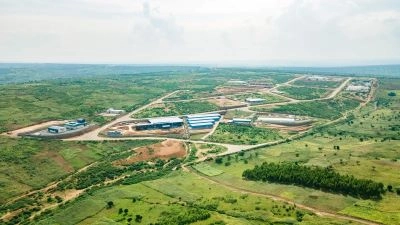
Discover prime locations across Africa for lucrative investment opportunities and strategic growth.
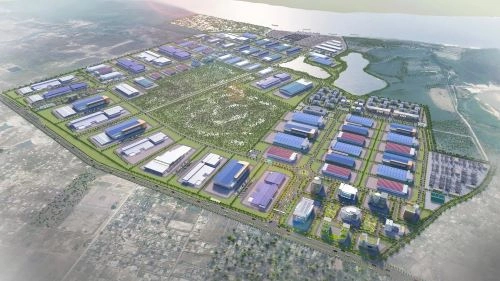
Explore key investment zones in Africa that offer strategic advantages and economic benefits.
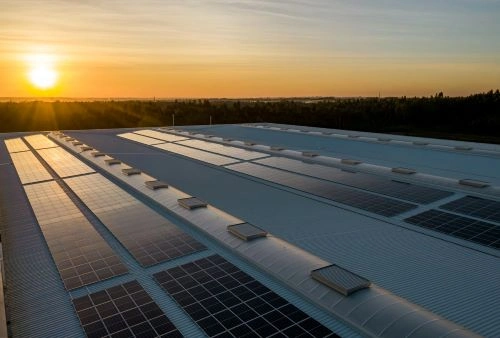
Uncover the best investment opportunities in Africa to maximize your business potential.
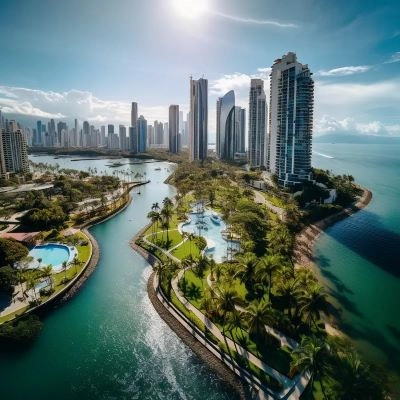
Identify the most promising sectors in Africa for high returns and sustainable investments.
Compare
Dear investor, please compare similar category items- either Locations or Opportunities.
*Already subscribed.
*Enter your name/email.

Sign up for exclusive investment alerts.
Already subscribed? Skip
Thank You For Subscribing to
Africa For Investors.

You will be redirected to AFI’s Linkedin Profile in 10 seconds.
Stay On AFI Website